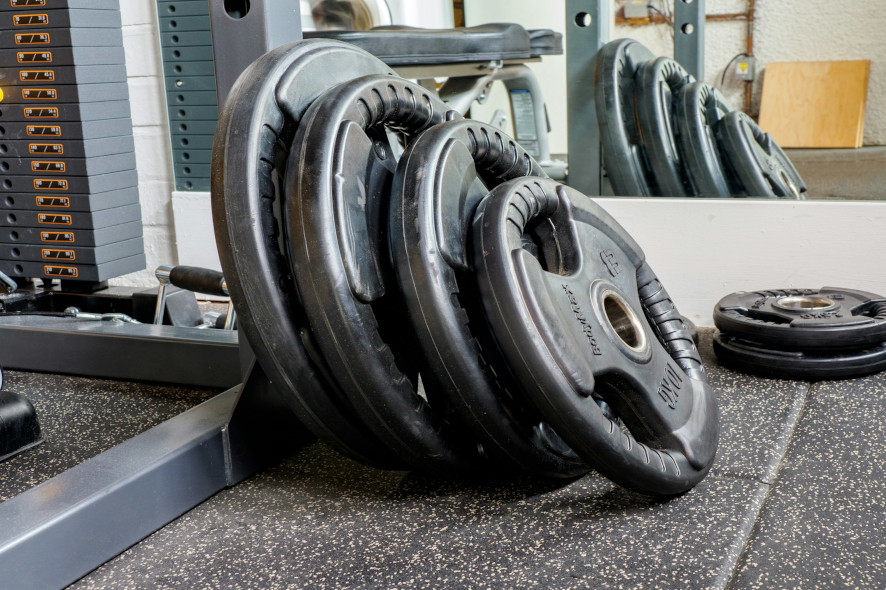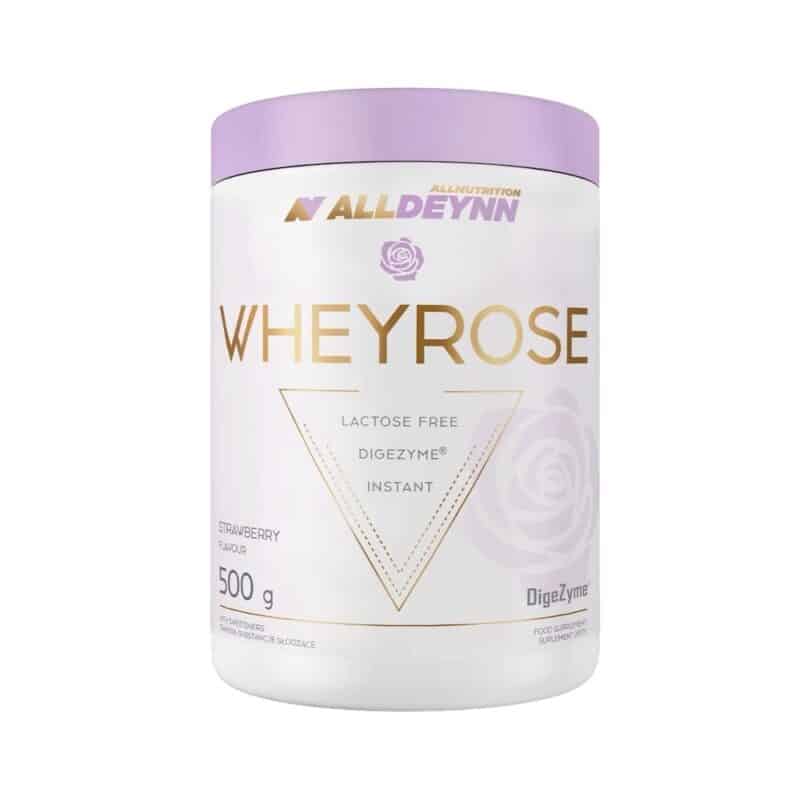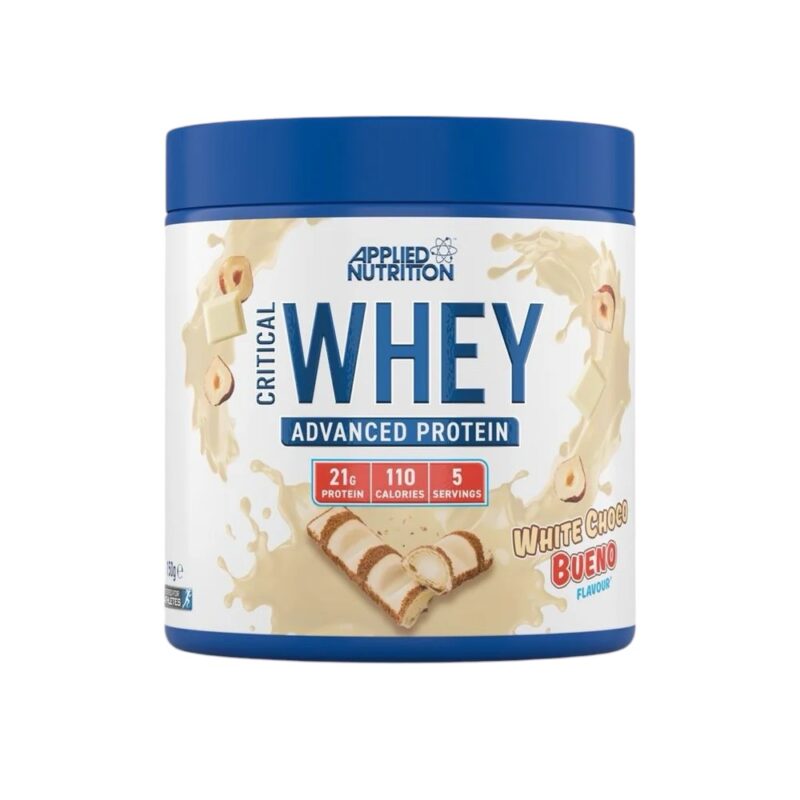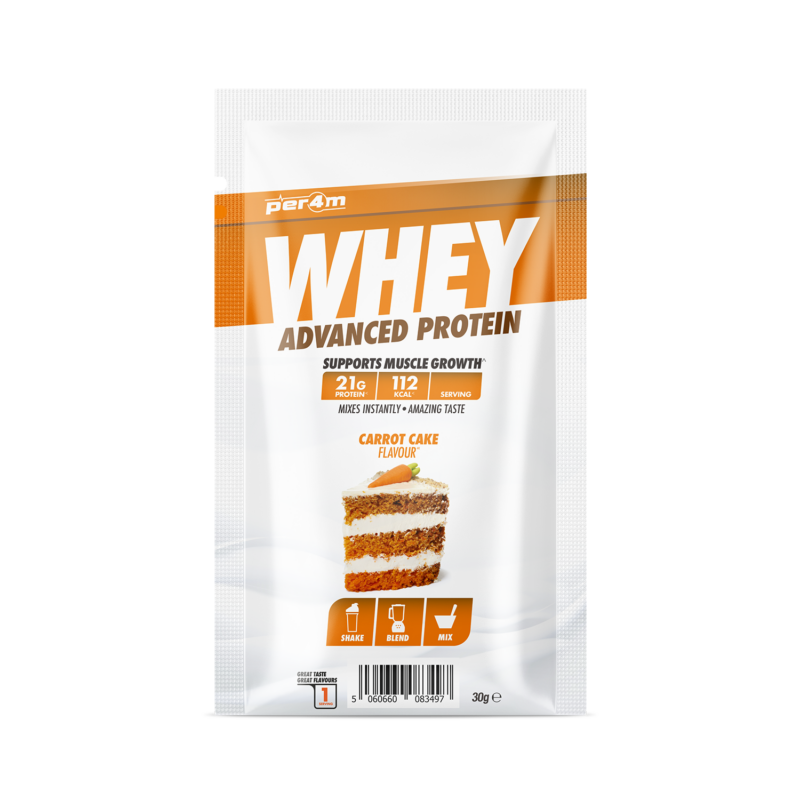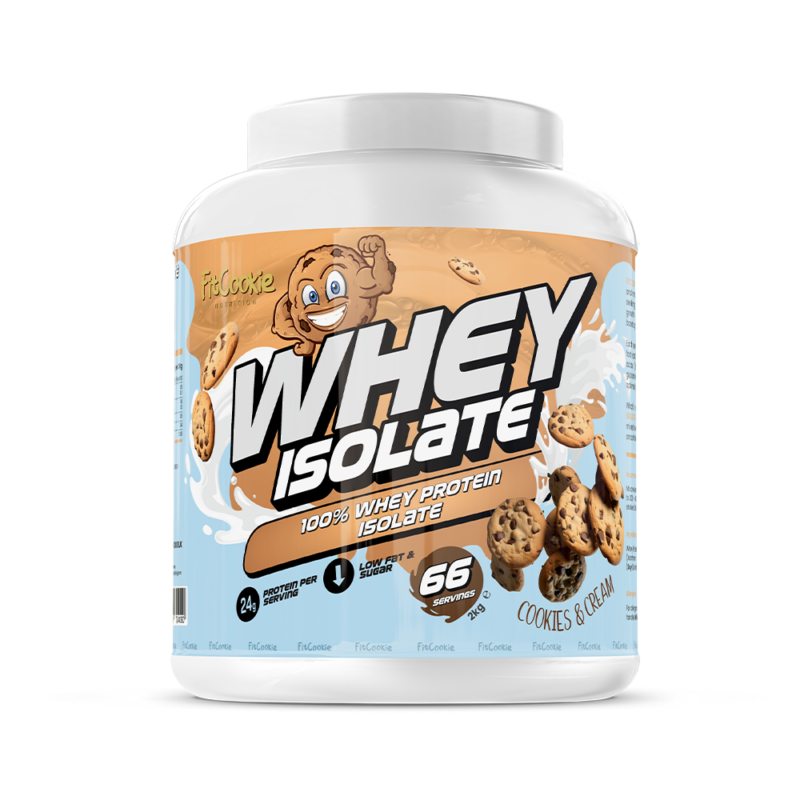Are you uncertain which whey protein type will best support your muscle growth and recovery goals? With options like concentrate, isolate, and hydrolysate each offering distinct advantages in protein content, lactose levels, and absorption rates, navigating the world of whey supplements can be challenging. In this comprehensive guide, we explore the key differences between these whey variants, delve into the critical factors that influence muscle development, and examine how whey protein aids in effective recovery. Additionally, we address how to select the right whey based on your dietary needs and discuss the benefits of combining whey with other supplements for optimal results. Join us as we break down the essentials to help you make informed decisions and invite you to share your own experiences on your fitness journey.
- Comparing Whey Protein Concentrate, Isolate, and Hydrolysate
- Comparison of Whey Protein Types: Key Differences
- Enhancing Recovery: How Whey Protein Supports Muscle Repair
- Choosing the Right Whey Protein Based on Dietary Needs
- Choosing the Right Whey Protein for Your Dietary Needs
- Enhancing Muscle Growth and Recovery with Supplement Stacks
Comparing Whey Protein Concentrate, Isolate, and Hydrolysate
When it comes to whey protein, not all types are created equal. Whey Protein Concentrate is your go-to for a budget-friendly option that still packs a decent protein punch, sitting comfortably around 70-80% protein content. It’s perfect for those who aren’t obsessing over every gram but still want to support muscle growth effectively. However, if you’re chasing that ultra-pure protein with minimal carbs and fats, Whey Protein Isolate steps up the game, boasting about 90% protein content. It’s ideal for post-workout recovery when your muscles demand quick and efficient protein synthesis without the extra baggage.
On the flip side, Whey Protein Hydrolysate is the premium choice for serious athletes and fitness enthusiasts who crave lightning-fast absorption. Pre-digested and partially hydrolyzed, it slashes the time it takes for your body to access those essential amino acids, turbocharging muscle repair after intense workouts. Yes, it comes with a steeper price tag, but for those committed to maximizing their recovery and minimizing downtime, it’s a worthy investment. Whether you prioritize cost, purity, or performance, understanding the differences between these whey types ensures you’re fueling your body with the best fit for your fitness goals.
Comparison of Whey Protein Types: Key Differences
Choosing the right whey protein type can make or break your muscle growth journey. Let’s break down the essentials with a handy comparison table to spotlight the protein content, lactose levels, absorption rates, and cost of each type.
| Type of Whey Protein | Protein Content | Lactose Levels | Absorption Rate | Cost (per serving) | Suitability |
|---|---|---|---|---|---|
| Whey Concentrate | 70-80% | Higher | Moderate | £ | Beginners, Budget-conscious |
| Whey Isolate | 90%+ | Low | High | ££ | Athletes, Lactose-intolerant individuals |
| Whey Hydrolysate | 90%+ | Very Low | Very High | £££ | Advanced lifters, Those needing quick recovery |
When selecting a whey protein, consider your specific needs. If you’re just starting out and watching your wallet, whey concentrate offers a solid foundation. On the other hand, if you’re pushing your limits in the gym or dealing with lactose issues, whey isolate could be your go-to. For those who demand the pinnacle of absorption rates and minimal lactose, whey hydrolysate delivers, albeit at a steeper price.
Factors Influencing Muscle Growth with Whey Protein
Understanding the factors influencing muscle growth when using whey protein is crucial for maximizing your gains. Firstly, the timing of your protein intake plays a significant role. Consuming whey protein post-workout can kickstart the muscle recovery process, ensuring your muscles get the necessary building blocks when they need them most.
Another critical factor is the dosage. While more protein isn’t always better, ensuring you meet your daily protein requirements is essential for muscle synthesis. Additionally, your overall diet and training regimen synergize with whey protein to enhance muscle growth. A balanced diet rich in other nutrients combined with a consistent, well-structured training program will amplify the benefits of your whey supplementation.
Lastly, individual genetics and lifestyle factors cannot be ignored. Everyone’s body responds differently, so it’s important to adjust your whey protein intake based on how your body reacts and your personal fitness goals. By considering these elements, you can tailor your whey protein use to effectively support your muscle growth and recovery.
Enhancing Recovery: How Whey Protein Supports Muscle Repair
Maximising muscle recovery relies heavily on the right dosage, precise timing, and unwavering consistency in your whey protein intake. Achieving the optimal amount ensures that your body has the necessary amino acids to repair and build muscle tissue effectively after intense workouts.
Implementing an optimal intake schedule around your workouts can significantly boost your recovery process:
- Pre-Workout: Consume 20g of whey protein 30 minutes before training to fuel your muscles during exercise.
- Post-Workout: Take 25-30g within 30 minutes after your session to kickstart muscle repair.
- Evening: A final dose before bed supports overnight muscle rebuilding.
To further enhance muscle synthesis, consider these additional tips:
- Maintain a balanced diet rich in whole foods to complement your protein intake.
- Stay adequately hydrated to support metabolic functions and nutrient transport.
- Ensure you get sufficient sleep each night to allow for complete muscle recovery.
- Incorporate consistent resistance training to continually challenge and grow your muscles.
Choosing the Right Whey Protein Based on Dietary Needs
Optimising muscle recovery requires a strategic approach, and selecting the appropriate whey protein plays a pivotal role. Start by assessing your dietary requirements—whether you’re lactose intolerant, vegan, or aiming for a specific macronutrient balance. Next, integrate whey protein into your post-workout routine by following a clear step-by-step guide: measure your protein intake, mix with your preferred liquid, and consume within the optimal recovery window to maximise muscle repair and growth.
To illustrate the impact of whey supplementation, consider the following table showcasing recovery timelines with and without whey protein:
Recovery Phase | Without Whey Protein | With Whey Protein |
|---|---|---|
Immediate Post-Workout | Delayed nutrient uptake | Enhanced nutrient absorption |
24 Hours | Extended muscle soreness | Reduced muscle soreness |
72 Hours | Prolonged recovery time | Faster muscle recovery |
Real-life case studies highlight the effectiveness of whey protein in accelerating recovery. For instance, athletes incorporating whey supplements reported a 30% faster recovery rate, allowing for more consistent training sessions and enhanced overall performance. Another case revealed that individuals adhering to a whey-enriched diet experienced less muscle fatigue and increased strength gains compared to those who did not supplement. These examples underscore the importance of choosing the right whey protein tailored to your specific dietary needs to achieve optimal muscle growth and recovery.
Choosing the Right Whey Protein for Your Dietary Needs
Selecting the perfect whey protein largely depends on your unique dietary requirements. Whether you’re dealing with lactose intolerance or following a vegan lifestyle, there’s a whey option tailored for you. Understanding these needs ensures you maximize both muscle growth and recovery without compromising your health.
Dietary Requirement | Suitable Whey Protein Type | Key Benefits |
|---|---|---|
Lactose Intolerance | Whey Isolate | Low in lactose, faster absorption |
Vegan | Plant-Based Protein | 100% plant-derived, free from animal products |
Gluten-Free | Hydrolyzed Whey Protein | Pre-digested for easier absorption, gluten-free |
High Protein Needs | Whey Concentrate | Higher protein content per serving, cost-effective |
When navigating the vast array of whey protein products, it’s crucial to meticulously read labels. Look for certifications like ISO standards or third-party testing to ensure product quality. Additionally, check the ingredient list for unnecessary additives or fillers that might undermine your dietary goals. Opting for products with minimal ingredients not only guarantees purity but also enhances the overall effectiveness of your supplementation routine.
Enhancing Muscle Growth and Recovery with Supplement Stacks
To truly maximise muscle growth and accelerate recovery, pairing whey protein with complementary supplements like BCAAs and creatine is essential. BCAAs (branched-chain amino acids) play a crucial role in reducing muscle soreness and preventing muscle breakdown, allowing you to train harder and more consistently. Meanwhile, creatine enhances your strength and power output, making each workout more effective. Together, these supplements create a robust foundation for building lean muscle mass and speeding up recovery times.
The synergistic effects of combining these supplements cannot be overstated. For example, taking 5g of creatine monohydrate daily alongside 10g of BCAAs before and after workouts can significantly boost your results. This stack not only supports muscle repair but also provides the necessary energy to push through intense training sessions. Case studies have shown that individuals using this combination experienced up to a 20% increase in muscle mass over a 12-week period, compared to those who relied solely on whey protein.
For optimal muscle growth and recovery, it’s recommended to integrate these supplements into your daily routine thoughtfully. Start with 5g of creatine post-workout to replenish energy stores and support muscle synthesis. Complement this with 10g of BCAAs around your training times to enhance endurance and reduce fatigue. By strategically stacking these supplements, you not only enhance the effectiveness of your whey protein but also ensure that your body has all the necessary tools to build and recover efficiently.
Frequently Asked Questions
Can I take whey protein if I have a dairy allergy?
If you have a dairy allergy, it’s important to choose whey protein isolate or hydrolysate, as they contain lower levels of lactose and dairy proteins compared to concentrate. However, always consult with a healthcare professional before adding any supplement to your diet.
What is the best time to consume whey protein for optimal results?
The optimal times to consume whey protein are immediately after your workout to aid in muscle recovery and growth, and possibly in the morning to kickstart your metabolism. Consistency in your intake schedule is key to maximizing benefits.
How does whey protein compare to plant-based proteins for muscle building?
Whey protein is typically faster absorbed and has a higher leucine content, which is crucial for muscle synthesis, compared to most plant-based proteins. However, plant-based proteins can be a suitable alternative for those who are vegan or have lactose intolerance, especially when combined to ensure a complete amino acid profile.
Are there any specific brands you recommend for quality whey protein?
Some reputable brands known for high-quality whey protein include Optimum Nutrition, Myprotein, and Dymatize. It’s important to check for third-party testing and read labels carefully to ensure you’re getting a pure and effective product.
Can combining whey protein with other supplements enhance its effectiveness?
Yes, combining whey protein with supplements like creatine and BCAAs can enhance muscle growth and recovery. Creatine helps in increasing strength and power, while BCAAs support muscle repair. Always follow recommended dosages and consult with a healthcare provider before starting any new supplement regimen.

